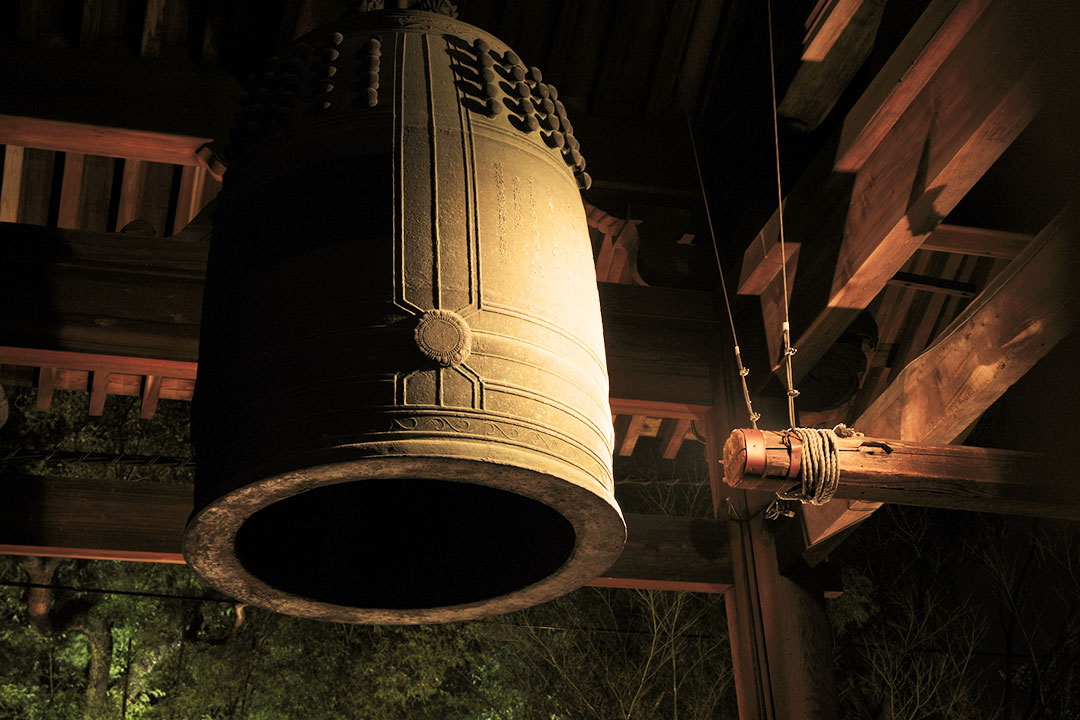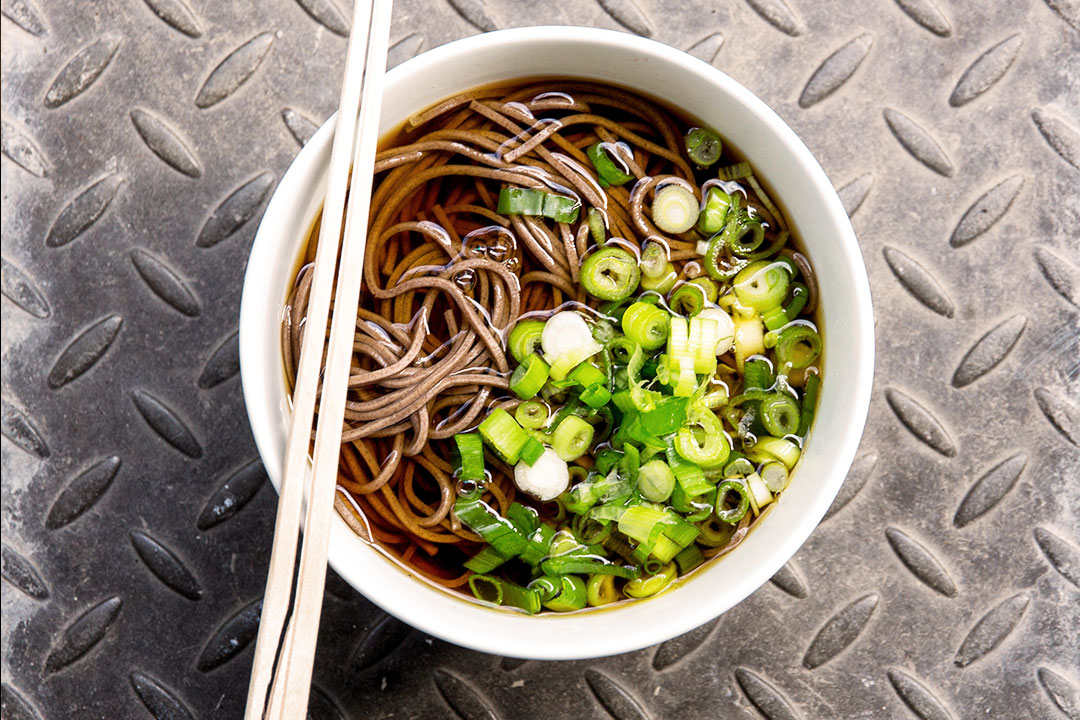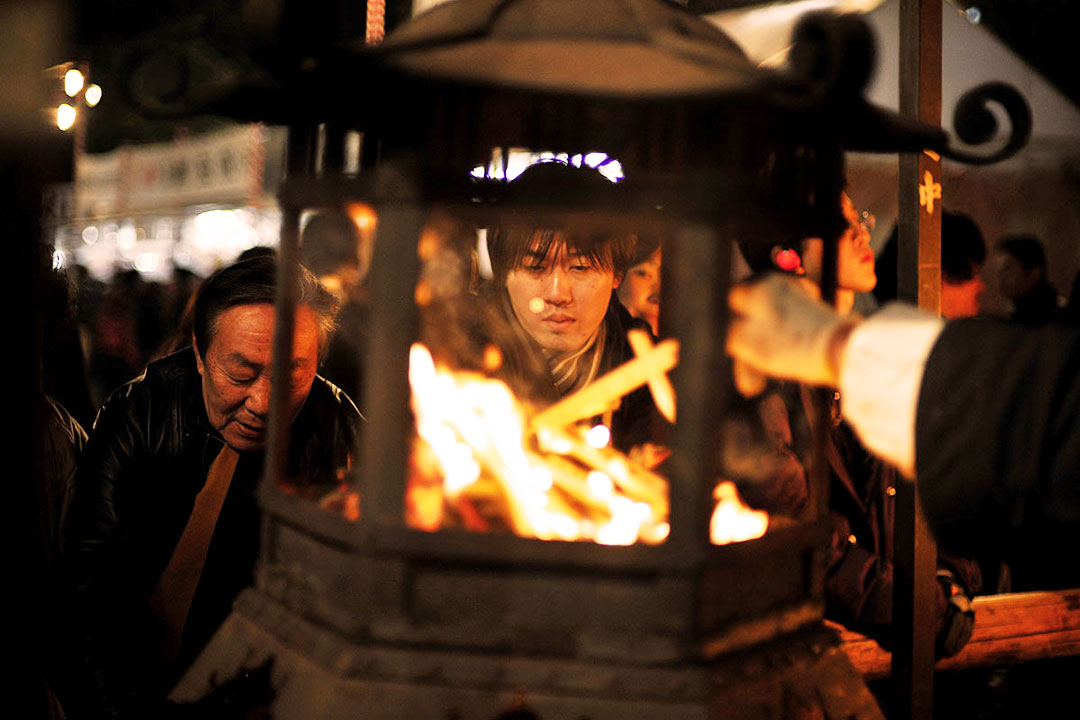Japanese Traditions: Ōmisoka – New year’s traditions
Japanese Traditions: Ōmisoka – New year
Shogatsu (or Oshogatsu) is the new year for the land of the Rising Sun.
In the Meiji period, this date was coinciding with the Chinese lunar calendar, but during the restoration of the same period, Japan changed to the Gregorian calendar too, fixing January 1st as the festive day we all know.
For the westerners it’s almost impossible to think to gather 365 days in just one moment. However, opening your eyes in front of the sight of the Hatsuhinode (the dawn of the first sun of the year) it is considered good luck and as the representation of the year that’s about to begin. However, every year, celebrations start on December 28th when all the preparations for new year begin. During the days of the Shougatsu Sanganichi, only the primary services are available, while Japanese people dedicate themselves to the Susuharai, cleaning of the whole house to get rid of all the negative traces of the past year. Kadomatsu (pine braches) and Shimenawa (straw rope with stripes of colored paper) are hanged on the doorsteps to keep the bad spirits away.
Japanese postal office are actively sending out and delivering cards for the best wishes that need to reach friends and families before new year’s day, the nengajou (年賀状).

Everything is ready to spend the time with the family and on December 31st, that’s when the Ōmisoka begins (literally New year’s eve, the last day of the year).
Around 10:30pm the Joya no Kane, the tolls from the Tsurigane (bell of the temple), begins. They are very slow, because the first toll has to stop ringing before a second one is taken. They go on until midnight for a total of 108 tolls. They are said to be purifying for all those who listen so that it’s possible to face a new chapter of our lives.
Traditional foods

In this night it’s tradition to eat toshikoshi soba (年越しそば), noodles made with buckwheat, eggs and hot broth. The length of the noodles are auspice of a long life, their digestibility indicates the interior cleanliness and the ease in cutting them are a symbol of the removal of all bad things of the past.

The day after, the first visit to the temple takes place, the HATSUMOUDE (初詣). To pray for health for every family member and their happiness is the right spirit to face a new beginning. Furthermore, Japanese kids usually receive a small engraved envelope, bukuro (袋), containing some money (otoshidama, お年玉).
Family and festivities are connected together also thanks to the food. On the tables you can find theosechi-ryouri (お節料理), specialties coming from the tradition like the kombu (昆布) weed. The kamaboko (蒲鉾, fish cake), kurikinton (栗きんとん, mash potatoes with chestunts), kinpiragobo (金平牛蒡, burdock boiled roots). The most loved and well known Kuro-mame (黒豆, sweet black soy beans) and of course sushi and sashimi. Due to all these specialties, on the 7th day of January there’s the jinjitsu (人日), the day for “stomach rest”, when you only eat the the nanakusa-gayu (七草粥, the soup of the seven herbs made with rice).
If you ever had the chance to be in Japan during the Ōmisoka, tell us in the comments or on our facebook page! We’d love to hear your thoughts and experiences.
Image source: Google
Share this:
- Click to share on Facebook (Opens in new window)
- Click to share on Twitter (Opens in new window)
- Click to share on Tumblr (Opens in new window)
- Click to share on Pinterest (Opens in new window)
- Click to share on Telegram (Opens in new window)
- Click to share on WhatsApp (Opens in new window)
- Click to share on Reddit (Opens in new window)
- Click to print (Opens in new window)






